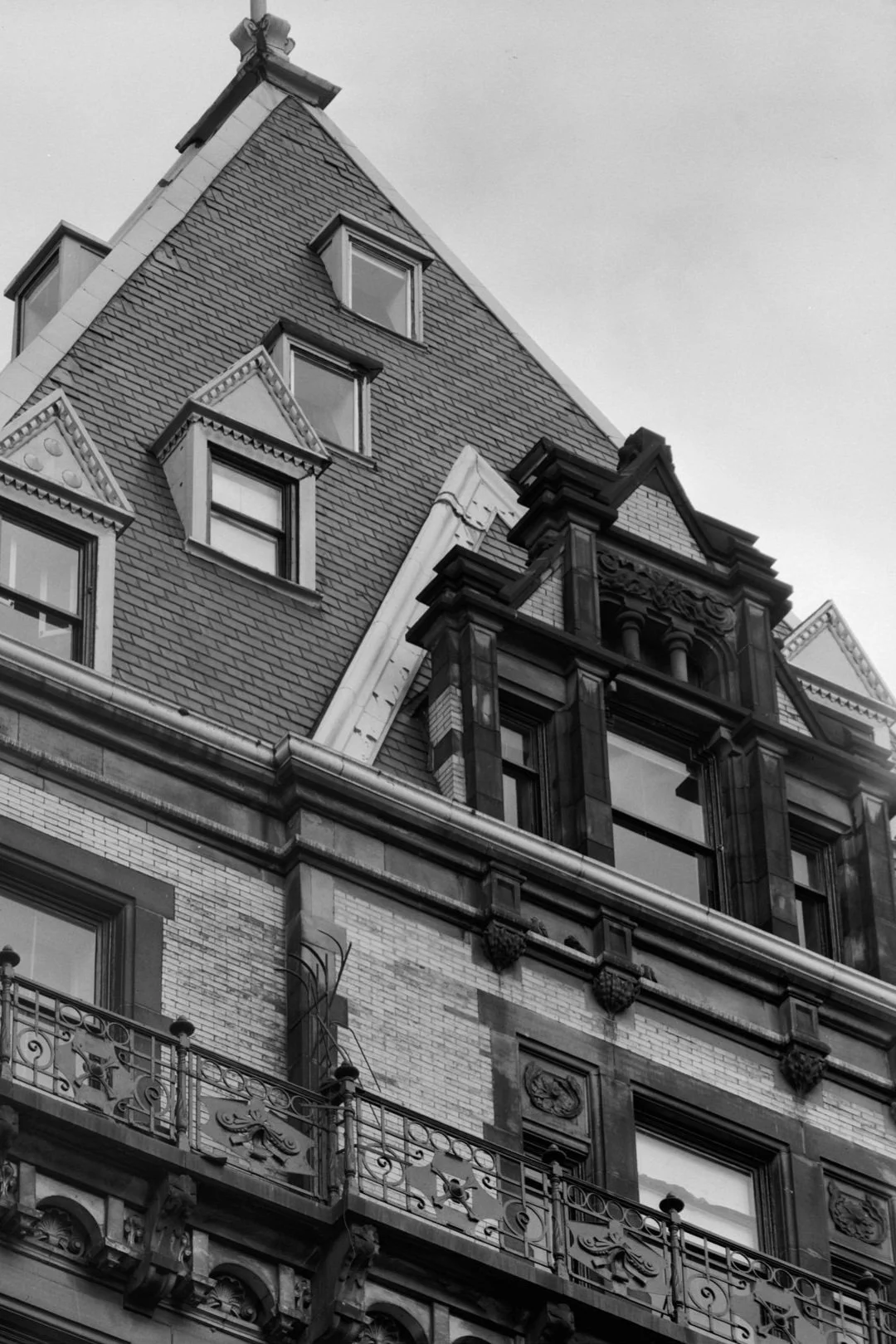Five Decades of (Fighting Over) 421-a
By Samuel Stein and Debipriya Chatterjee
In 2021, New York’s 421-a tax exemption for new residential construction turned fifty years old. That fiscal year, it cost the city $1.7 billion in uncollected tax revenue, a larger amount than any other single New York City housing budget item. Since 1990, as far back as public data is available, the tax exemption has cost the city over $22 billion (adjusted for inflation). In June of 2022, the program will expire unless it is renewed or replaced.
Read MoreThe Dakota Strike
By Alexander Wood
In the late summer of 1883, the Dakota Apartments was nearly ready for tenants. After three years of construction, the luxury apartment building had only a few months’ work left to go. Slate-tile roofers, sheet-metal workers, and ironworkers were completing the roof, while carpenters, plasterers, and plumbers finished the interiors. Every day, hundreds of craftsmen trekked uptown to work on the million-dollar building that was not only unusually expensive but also remote in location.
Read MoreBetween Itself and Brooklyn: Gerritsen Beach’s Developing Identity from the 1920s-1930s
By Michael Sutherland
The sleepy seaside Brooklyn neighborhood of Gerritsen Beach resembles a New England fishing village far more than a neighborhood in the largest city in the United States. Its residents are insular, and rarely want to rely on the City or its officials for help. But, during the neighborhood’s infancy in the early 20th century, the people of Gerritsen Beach were grappling with forming and maintaining their own identity as a neighborhood while attempting to completely and equitably integrate the fledgling neighborhood into Brooklyn and as a part of the city as a whole.
Read MoreFriends and Foes in the Real Estate Industry: A Review of Dan Garodnick’s Saving Stuyvesant Town
Reviewed by Kevin Ritter
Stuyvesant Town, a middle income housing development on Manhattan’s East Side, has been a consistent site of conflict and controversy in New York City since its creation in the 1940s. Dan Garodnick’s new book, Saving Stuyvesant Town: How One Community Defeated the Worst Real Estate Deal in History, covers the story of the development from its origins as a postwar housing development built on top of the former Gashouse District, which ha been cleared of its residents through eminent domain, to 21st century real estate dealings that threatened to displace many of the property’s rent stabilized tenants in favor of new market-rate residents.
Read MoreDid All Jews Become White Folks?:
A Fortress in Brooklyn and Hasidic Williamsburg
Reviewed by Gabe S. Tennen
In A Fortress in Brooklyn: Race, Real Estate, and the Makings of Hasidic Williamsburg, Nathaniel Deutsch and Michael Casper add an important wrinkle into prevalent understandings of American Jewish history. Deutsch and Casper focus their text on the Hasidic Satmar sect and its creation of a “holy city of Jerusalem” in one corner of north Brooklyn, tracing that community from its nascent beginnings in the 1940s into the 21st century. By offering a detailed and crisply written account of this often discussed but largely underexamined group, the authors provide a caveat to nearly fifty years of scholarship.
Read More


